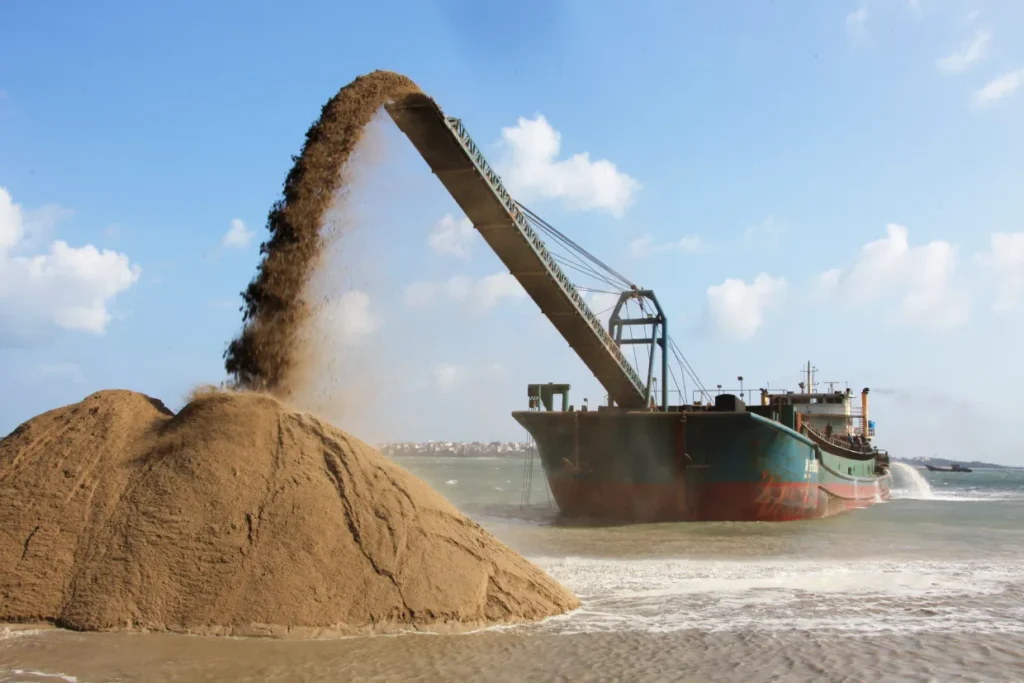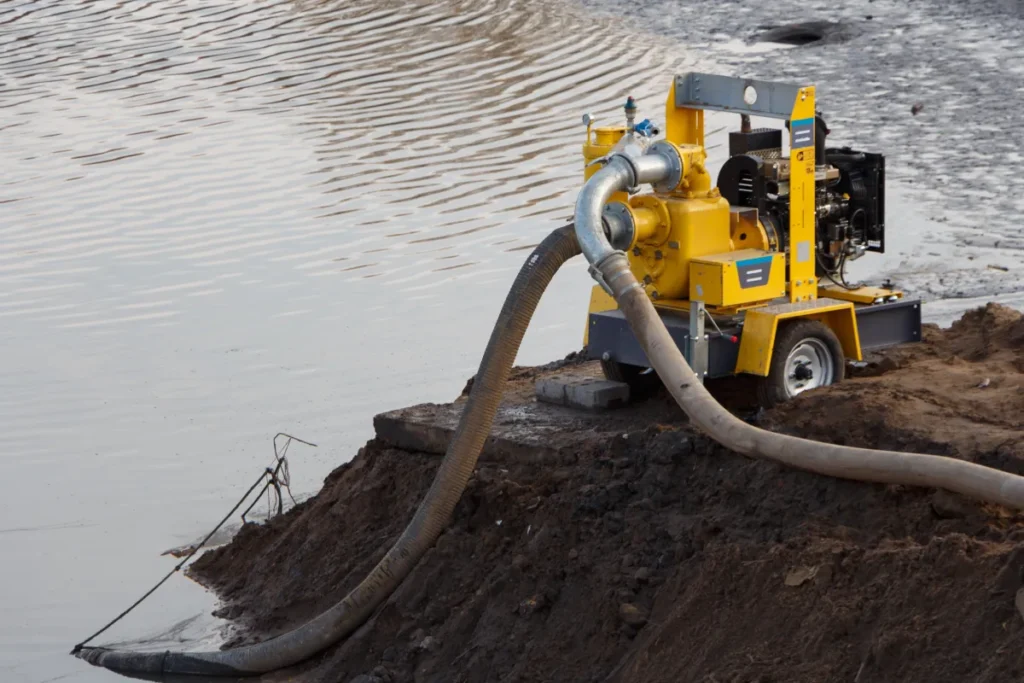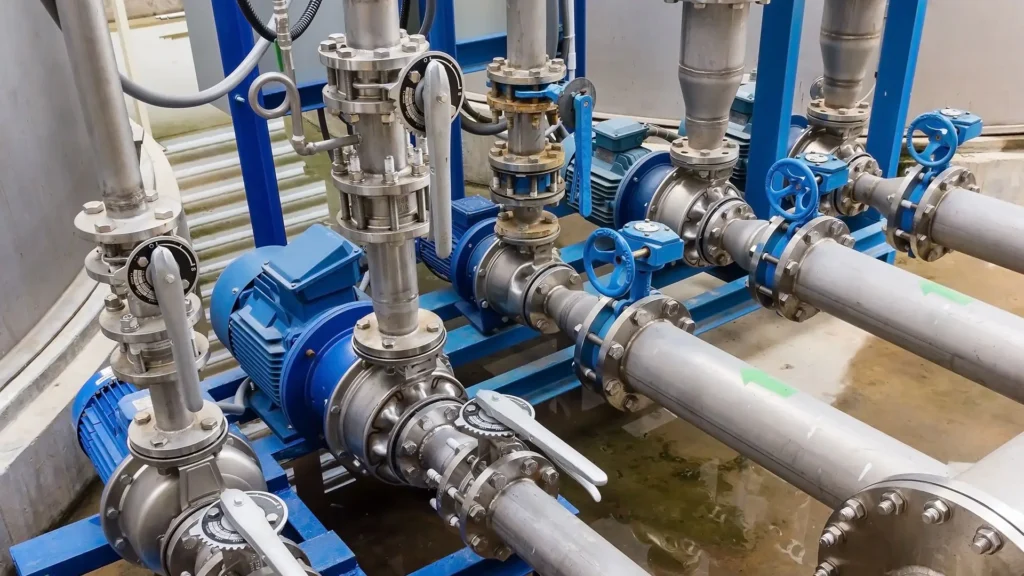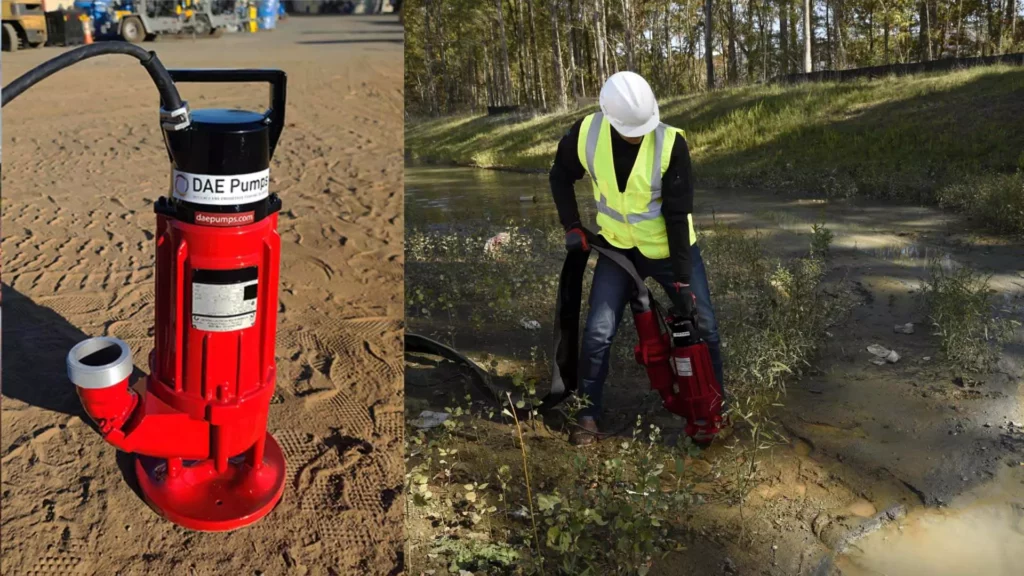Dredge Boats Explained: How They Power Efficient Sediment and Slurry Removal
Dredge boats are specialized vessels engineered to remove sediment, slurry, or debris from the bottoms of rivers, lakes, harbors, and industrial water systems. By combining mechanical excavation and hydraulic transport, these vessels play a vital role in maintaining navigable waterways, optimizing water flow, and preventing sediment buildup that can disrupt operations or damage infrastructure. In industrial contexts, whether in mining, energy, or marine construction, dredge boats and dredger boats keep critical channels, tailings ponds, and reservoirs functional and efficient. Beyond simple excavation, dredging operations contribute directly to industrial efficiency. Regular sediment and slurry removal helps maintain consistent flow rates, reduce equipment wear, and extend the operational life of pumps and pipelines. In the mining sector, for example, a well-maintained dredger boat system supports the safe handling of tailings. At the same time, in the energy and maritime industries, it safeguards ports, cooling systems, and transport routes. The process also supports environmental compliance by managing sedimentation and controlling pollutant buildup, helping industries meet both performance and sustainability goals. For decision-makers, procurement heads, project contractors, and engineering managers, the relevance of dredge boats lies in measurable outcomes: reduced downtime, lower maintenance costs, and long-term operational stability. Investing in efficient dredging technology means improved return on capital equipment, fewer project delays, and enhanced environmental stewardship. This blog explores how dredge boats function, the types used across various industries, and how their engineered precision translates into real-world performance advantages for large-scale operations. Whether applied in coastal restoration, mining operations, or municipal maintenance, each dredger boat represents a convergence of technology, reliability, and operational impact. What Is a Dredge Boat? A dredger boat is a purpose-built vessel designed to excavate and remove accumulated sediment, slurry, or debris from the bed of a water body and transport it to a designated discharge area. Engineered for precision and endurance, dredge boats operate in rivers, lakes, harbors, and industrial basins to maintain navigable depth, restore water flow, and support large-scale construction or reclamation activities. Each dredger boat integrates specialized pumping and excavation systems that enable controlled sediment removal while minimizing environmental disruption. Although it may apply to smaller, more transportable devices used for maintenance, dredging, or specialized operations, a dredge boat operates similarly. These boats are frequently used in shallow or restricted spaces where agility and flexibility are essential, such as lagoons, ponds, and wastewater treatment facilities. The key components of modern dredging equipment include: The operation of these systems generally falls into two categories: Dredging boats are needed across many sectors, including port deepening, land reclamation, management of mining tailings ponds, lagoon cleaning, flood control, and coastal restoration. They deliver quantifiable outcomes across both productivity and environmental performance. How Does a Dredge Boat Work? Inside the Sediment Removal Process The operational cycle of dredge boats follows a controlled sequence of excavation, slurry production, and hydraulic transport designed for predictable, measurable performance. 1. Sediment loosening: mechanical and hydraulic methods Sediment is first loosened using cutterheads, clamshells, augers, or high-pressure jets. On cutter-head systems used by dredge boats, rotating teeth shear compacted layers while jetting or suction heads fluidize softer silt and clay. The chosen method reflects substrate strength and project goals, mechanical action for compact or mixed sediments, and jetting for fine-grained material. In larger operations, a dredger boat may use multi-tool attachments for different soil compositions, enhancing excavation efficiency and accuracy. 2. Slurry formation: creating a pumpable matrixProper slurry formation on dredge boats is essential to avoid pipeline blockages and to optimize transport efficiency. As disturbed sediment mixes with water, the target solids concentration is controlled through cutter geometry, jet flow rates, and intake positioning to maintain a homogeneous slurry within the pump’s handling range. A dredger boat operating under automated systems can adjust these parameters in real time, ensuring steady performance even under changing sediment conditions. 3. Pumping and discharge: moving material reliablyHigh-performance dredge pumps on dredge boats convert the created suction into a steady pipeline flow. Heavy-duty centrifugal or axial-flow pumps with abrasion-resistant materials handle particulate-laden slurries at high volumes. Correct pump sizing, wear-part selection, and accessible maintenance points sustain consistent suction, reduce cavitation risk, and minimize unplanned downtime—directly affecting production rates and lifecycle costs. On larger dredger boats, dual-pump configurations are often used to maintain continuous discharge over long distances, improving throughput efficiency. 4. Automation and precision controlA modern dredging boat integrates GPS-guided positioning, flow and pressure sensors, variable-speed drives, and PLC/SCADA controls to stabilize solids concentration and automatically maintain setpoints. Closed-loop control of pump speed against measured head and solids content preserves efficiency, while remote monitoring speeds fault diagnosis and reduces manual intervention. These advanced systems are now standard on every high-capacity dredger boat, helping with precision dredging under strict environmental and productivity constraints. 5. Stationary vs. mobile operations: deployment tradeoffs Project teams weigh flexibility, stability, and accuracy when choosing dredge boats. While mobile units offer quick redeployment and are more appropriate for shallow, scattered, or brief maintenance activities, stationary (spud- or anchored) platforms are superior at precise, continuous cuts and long-distance pipeline alignment. The best of both worlds —stable, high-output performance and the flexibility to adapt to various project environments —can be found in a dredger boat built for modular operation. Depth, throughput, disposal logistics, and total cost of ownership all influence the best option. Types of Dredge Boats and Their Industrial Applications Different types of dredge boats are designed to address specific site conditions, sediment properties, and production needs. Decision-makers may better match performance, cost, and maintenance goals for long-term ROI by comprehending their working principles and practical appropriateness. 1. Cutter Suction Dredgers (CSDs) Cutter Suction Dredgers are among the most powerful dredge boats, built to excavate compacted or cohesive materials such as clay, sand, or rock. A rotating cutterhead breaks down the sediment, which is then suctioned and pumped through a discharge pipeline for transport. These systems are ideal for large-scale reclamation, harbor deepening, and port maintenance projects requiring high production rates. CSDs typically operate continuously, offering throughput capacities ranging from hundreds to thousands of cubic meters per hour.
Dredge Boats Explained: How They Power Efficient Sediment and Slurry Removal Read More »




